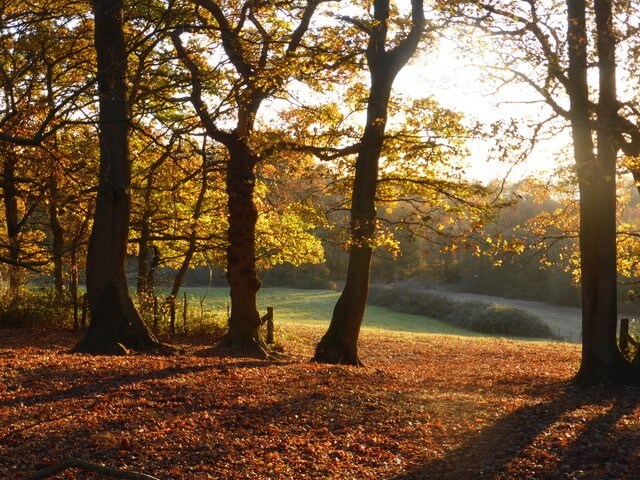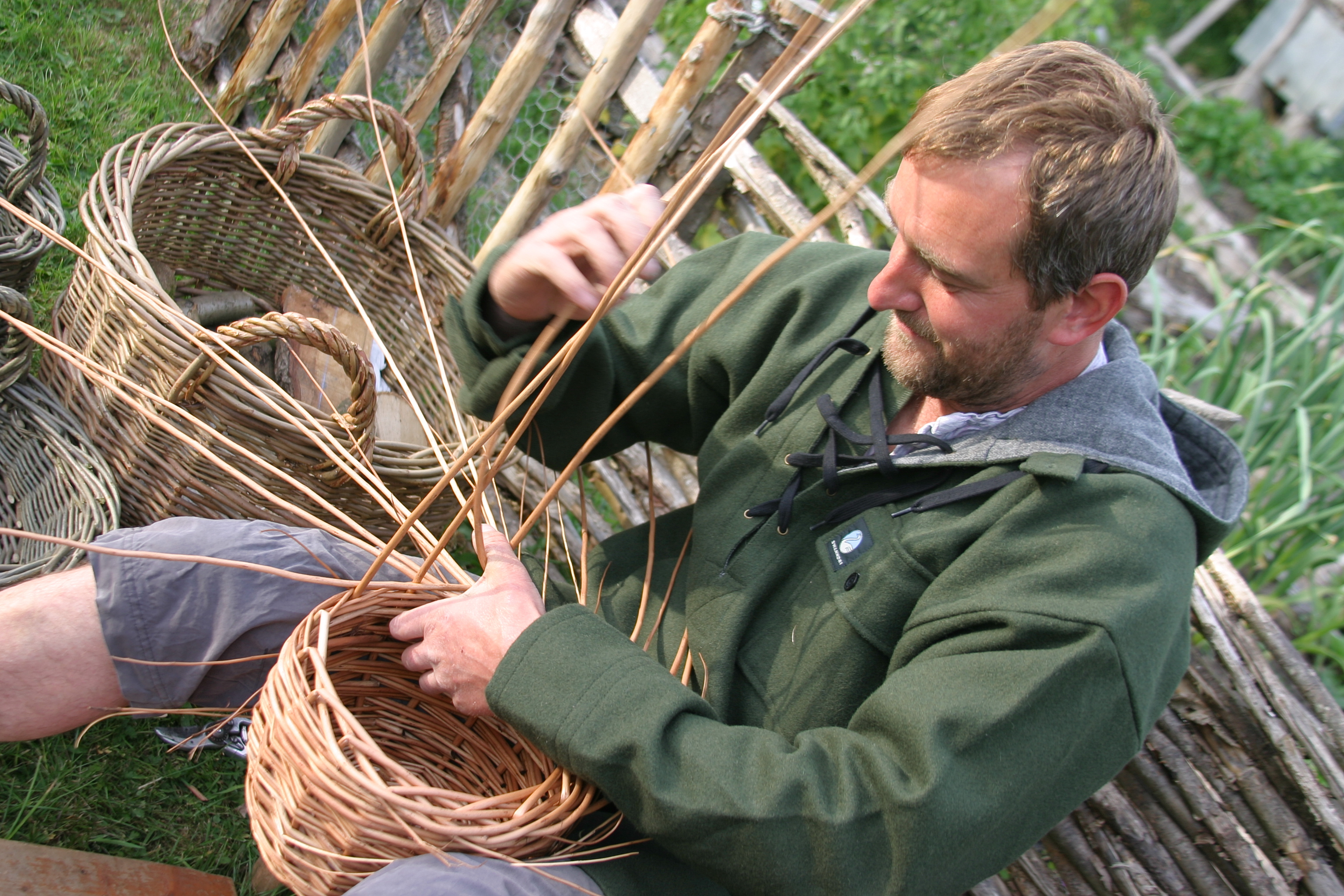Managing the 500-acre Bore Place estate is a huge job and one we would struggle to do without the expertise of our underwoodsman John Waller. John joined the team at Bore Place over 25 years ago and is an integral part of the organisation.

Under his stewardship, our woodlands are coppiced, which has a number of environmental benefits. Coppicing is the practice of cutting trees and shrubs to ground level promoting re-growth and a sustainable supply of timber. This creates a favourable habitat for bluebells, wood anemone, dog violets and St. Johns-wort, in turn making the area more suitable for butterfly species and other woodland pollinators. In time, this area can become a dense area of scrub, which is another valuable habitat for low cover nesting birds, such as the declining nightingale.
John is also an artisan craftsman who uses coppiced wood to make a variety of sustainable crafts. We asked John about what he does at Bore Place.
You’ve been based at Bore Place for a number of years. How did that relationship begin and how has it evolved?
I began in 1992/3 as a conservation volunteer. I took over from the Ecologist at Bore Place in 1993/4 and was employed by Bore Place until 1999, when I started my own business as an Underwoodsman, which gave me the opportunity to continue being a part of Bore Place and managing its woodlands whilst developing my own business of craft using coppiced wood and teaching craft skills to people interested to learn.
You call yourself an underwoodsman, which isn’t a term one hears very often these days. What does it mean?
A woodsman cuts wood (coppice), as opposed to a forester, who cuts timber (single stemmed trees). Underwood is another name for coppice (small diameter poles), which I both cut and use to make stuff – hence underwoodsman!
As part of your relationship with Bore Place, you manage the woodlands on the estate. What does that involve and why is it important?
Restoring and maintaining the woodland system of coppice with standards (another name for single stemmed trees!) to produce a range of products – from woodchip to furniture. Coppice with standards is ecologically very rich, and very productive and sustainable, as well as being beautiful and diverse.
You run a number of very popular courses at the Green Wood Workshop on the Bore Place estate. Do you have a favourite skill that you like to share? 
I like weaving with wood (hazel and willow mainly) to produce wattle hurdles and baskets. Requiring very few tools and when very closely tied with good woodland management, it is a very rewarding way to work. I regularly teach basketry courses at Bore Place, some of which are suitable for beginners.
You probably know the Bore Place estate better than anyone. Is there a special spot that visitors to the estate should make sure they see?
Bushy Wood in early May for the bluebells and the view from Batfold/Banks Field over the reservoir at sunset.
The crafts that you practice are by their nature sustainable. Are all the materials grown on-site?
I cut materials at Bore Place and in local woodland (within 30 miles of the workshop) so if not grown on-site they are incredibly local.
To find out more about John and his courses click here